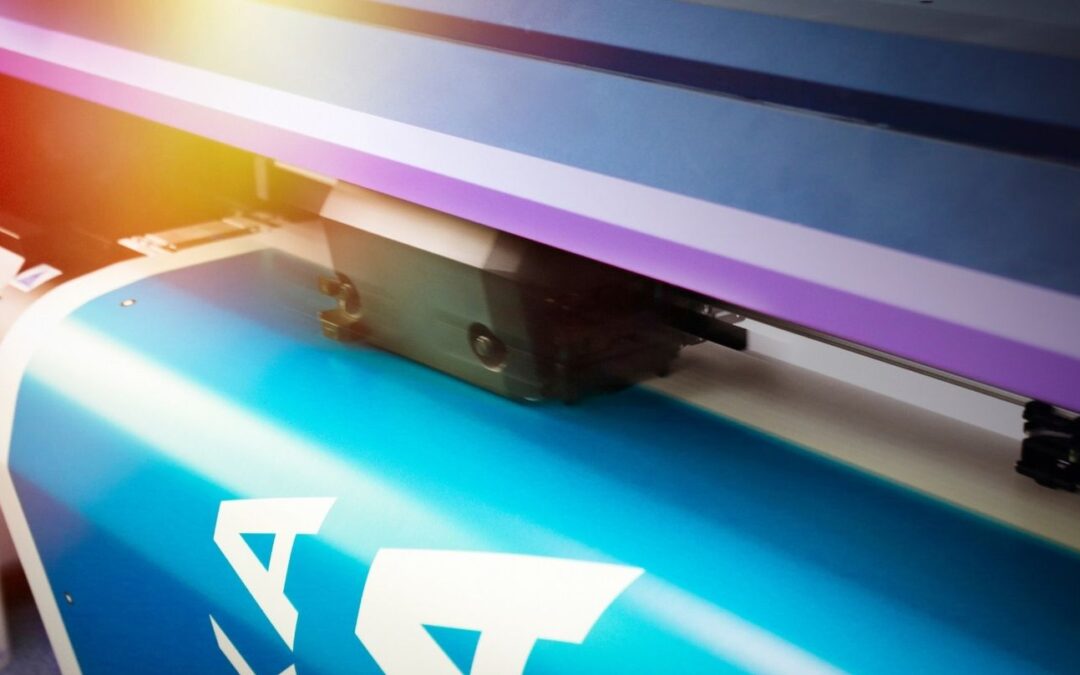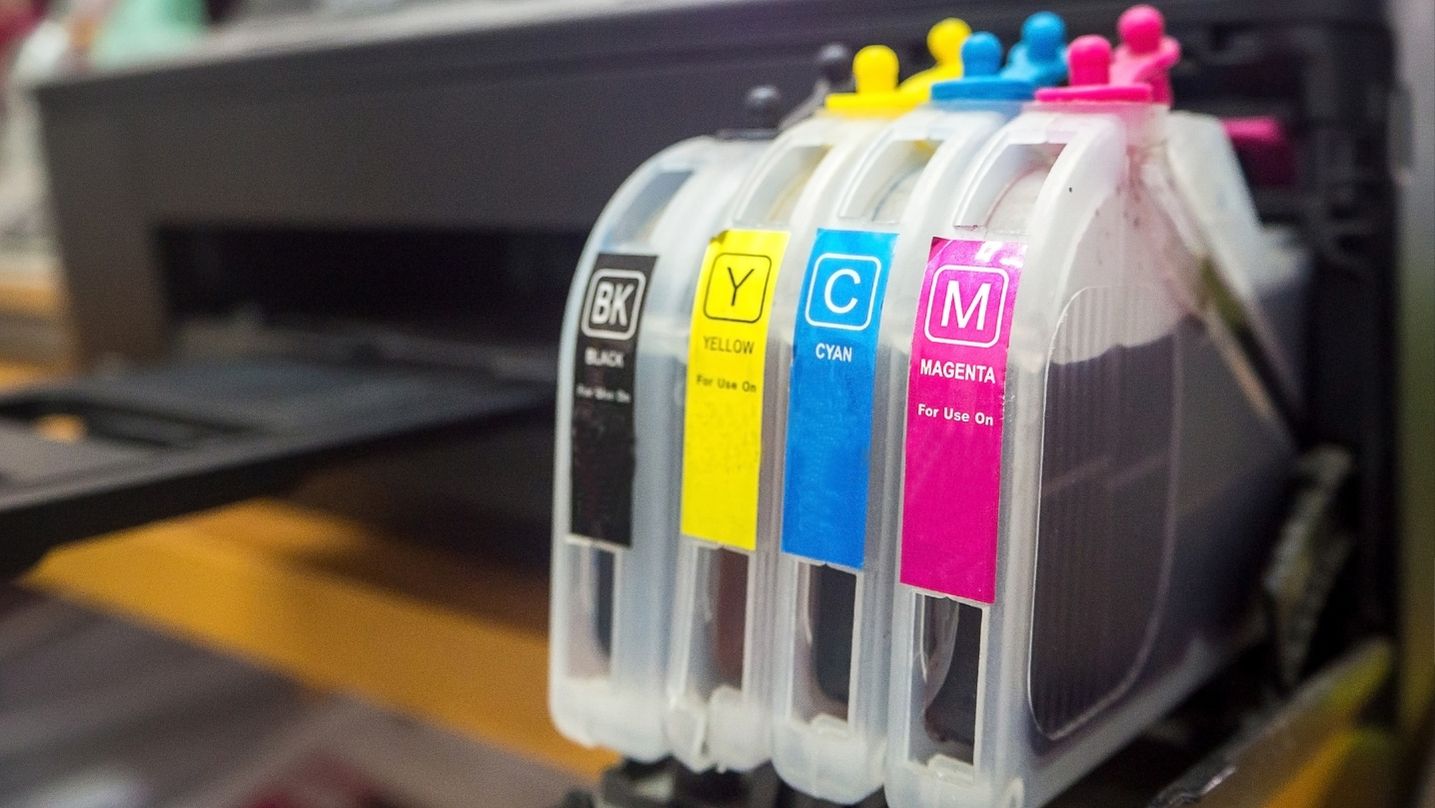The modern art world is experiencing a revolutionary shift towards environmental consciousness, with studios increasingly prioritising sustainable practices without compromising quality. Today’s discerning artists and photographers are discovering that eco-smart fine art printing not only reduces environmental impact but often delivers superior results whilst supporting their creative vision and professional reputation.
What Makes Fine Art Printing Sustainable?
Sustainable fine art printing encompasses every aspect of the production process, from material selection to energy consumption. The foundation lies in using environmentally responsible materials such as recycled papers, FSC-certified substrates, and renewable plant-based fibres. These choices significantly reduce the carbon footprint whilst maintaining the archival quality that professionals demand.
Modern sustainable printing focuses on minimising waste, reducing energy consumption, and utilising non-toxic materials that are safer for both artists and the environment. This approach creates a circular economy where materials can be recycled and reused, extending their lifecycle far beyond traditional printing methods.
Revolutionary Paper Choices for Conscious Artists
Natural Fibre Papers
Today’s eco-conscious studios are embracing innovative paper options that deliver exceptional results. Bamboo-based papers, comprising 90% bamboo fibres, offer natural warmth and subtle texture whilst being completely acid-free and lignin-free. The rapid growth of bamboo makes it an incredibly sustainable choice, requiring minimal water and no pesticides during cultivation.
Agave papers represent another breakthrough in sustainable fine art printing, utilising 70% sisal fibres from the agave plant. These papers provide bright natural white tones without optical brightening agents, offering excellent colour reproduction and archival quality that rivals traditional cotton papers.
Recycled and Carbon-Neutral Options
FSC-certified papers ensure that wood fibres originate from responsibly managed forests, supporting biodiversity preservation and sustainable forest practices11. Many modern studios are also choosing recycled papers that maintain professional quality whilst significantly reducing environmental impact.
Sustainable Ink Technologies
Plant-Based Alternatives
The transition from petroleum-based to plant-based inks represents a significant advancement in sustainable fine art printing. Soy-based inks, derived from renewable soybeans, decompose faster than traditional alternatives and produce vibrant colours with reduced environmental impact. These inks contain fewer volatile organic compounds (VOCs), creating safer working environments for artists and technicians.
Water-based inks offer another eco-friendly solution, eliminating many harmful chemicals whilst delivering exceptional colour accuracy and longevity. These alternatives prove that environmental responsibility need not compromise artistic vision or print quality.
Energy-Efficient Printing Methods
LED UV Technology
LED UV printing has revolutionised sustainable fine art printing by dramatically reducing energy consumption compared to traditional heat-drying methods. This technology uses ultraviolet light for instant curing, eliminating extended drying times and reducing overall energy requirements by up to 50% compared to conventional processes.
The benefits extend beyond energy savings – LED UV printing produces sharper details, more vibrant colours, and improved durability whilst operating at lower temperatures. This creates safer working conditions and reduces the environmental impact of climate control systems.
Digital Precision
Digital fine art printing offers inherent sustainability advantages through its precision and minimal waste production. Unlike traditional printing methods that require plates and screens, digital processes use only the exact amount of ink needed, eliminating setup waste and reducing material consumption.
This precision extends to production planning, allowing studios to print exact quantities needed rather than overproducing to meet minimum run requirements.
Setting Up an Eco-Smart Studio
Energy Management
Modern sustainable studios prioritise renewable energy sources, with many installing solar panels or choosing green energy suppliers. Energy-efficient equipment, including LED lighting and energy-star rated printers, significantly reduces overall consumption whilst maintaining professional output quality.
Proper ventilation systems ensure healthy working environments when using any printing materials, supporting both environmental and occupational health goals.
Waste Reduction Strategies
Implementing comprehensive recycling programmes and partnering with suppliers who offer take-back schemes for used materials creates closed-loop systems. Many studios now achieve 80% waste recycling rates through careful planning and material selection.
Investment Considerations
Whilst initial costs for sustainable materials may be higher, the long-term benefits include reduced energy costs, improved brand reputation, and alignment with increasingly environmentally conscious clients. Many professional artists report that clients specifically seek studios demonstrating environmental responsibility.
Carbon-neutral printing services are becoming increasingly accessible, with some providers offering end-to-end carbon neutral fine art printing as standard service. This accessibility makes sustainable choices practical for studios of all sizes.
The Future of Sustainable Fine Art Printing
The industry continues evolving towards complete sustainability, with innovations in bio-based materials and closed-loop manufacturing systems. Consumer demand for environmentally responsible practices drives continued development of sustainable options that match or exceed traditional quality standards.


